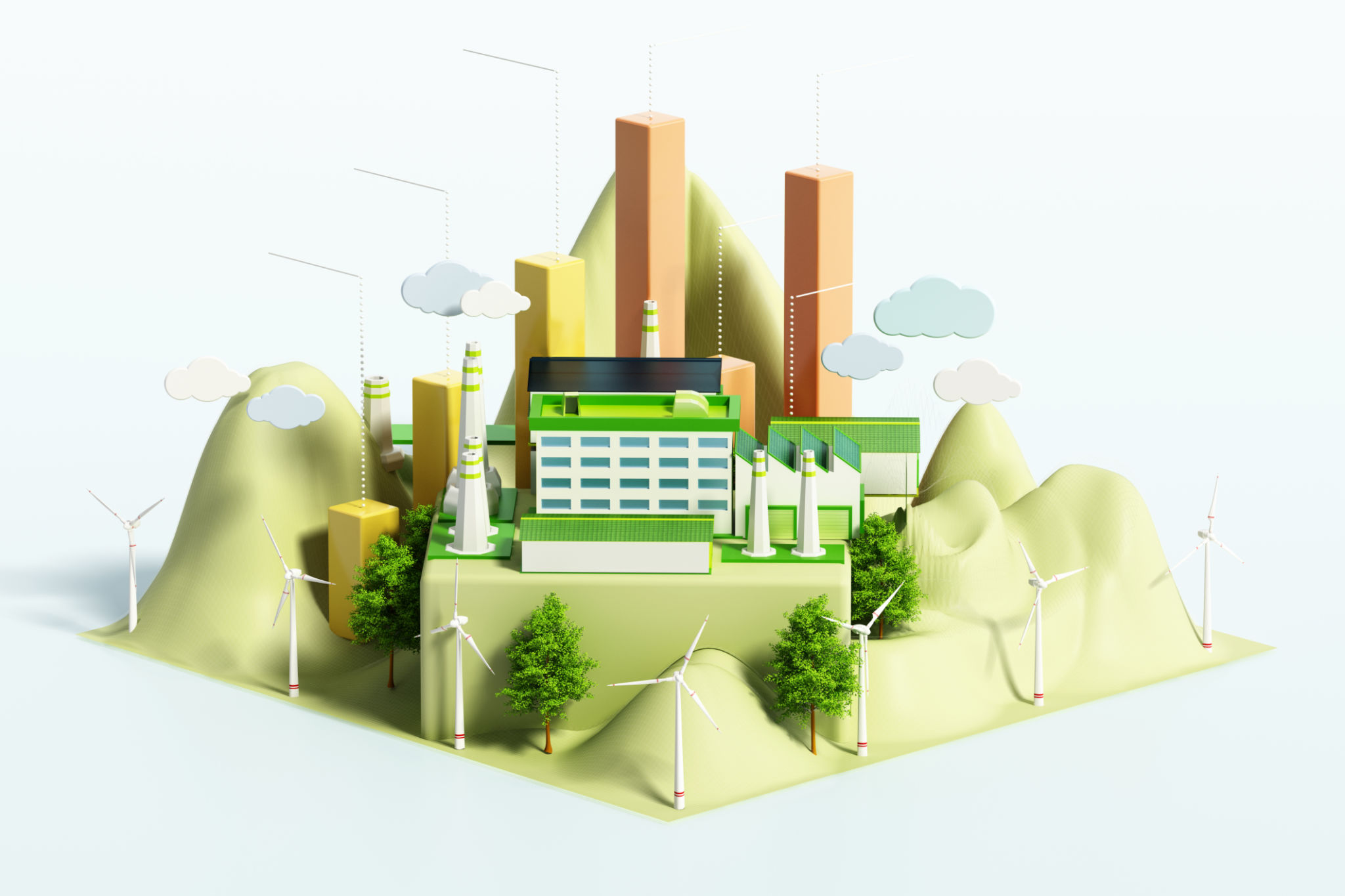Myth-Busting: Common Misconceptions About Injection Molding
Understanding Injection Molding
Injection molding is a widely used manufacturing process, yet it is often misunderstood. This technique involves injecting molten material into a mold to create parts and products. Despite its prevalence, many misconceptions persist about injection molding, which can lead to confusion and misinformed decisions.

Myth 1: Injection Molding is Only for Large Production Runs
One common misconception is that injection molding is only suitable for mass production. While it's true that this process is efficient for large-scale manufacturing, it is also viable for small runs. Modern advancements in technology have made it possible to create cost-effective molds for smaller quantities, allowing businesses to benefit from injection molding without needing to produce thousands of units.
Myth 2: Injection Molding is Expensive
Another myth is that injection molding is prohibitively expensive. While the initial cost of creating a mold can be significant, the overall expense is often offset by the efficiency and speed of the production process. Once the mold is made, the cost per unit decreases significantly, making it an economical choice for many applications.

Materials and Design Flexibility
Contrary to popular belief, injection molding offers substantial flexibility in terms of materials and design. A wide variety of materials, including plastics, metals, and ceramics, can be used in the process, allowing for diverse applications across different industries.
Myth 3: Limited Design Options
Some assume that injection molding restricts design creativity, but this is far from the truth. Modern injection molding supports complex geometries and intricate details, enabling designers to create innovative products with precision. Features such as undercuts, threads, and textures can be easily incorporated into the design.

Myth 4: Poor Quality Products
There is a misconception that injection molding results in inferior quality products. In reality, the process is known for producing high-quality, durable parts with excellent surface finishes. The key to achieving superior quality lies in the expertise of the mold design and the precision of the manufacturing process.
Environmental Impact
Another aspect often misunderstood is the environmental impact of injection molding. Many people believe it to be harmful to the environment due to its reliance on plastics. However, the process has evolved to be more sustainable, with options for recyclable and biodegradable materials.
Myth 5: Not Environmentally Friendly
Although injection molding does use plastic, advances in material science have introduced eco-friendly alternatives. Additionally, the efficiency of the process minimizes waste, and many manufacturers implement recycling programs to further reduce their environmental footprint.

By understanding the realities of injection molding, businesses can make informed decisions and leverage this versatile manufacturing process to its full potential. Dispelling these myths is essential for advancing innovation and sustainability within the industry.